Highlights of South Africa’s Eastern Cape Province
Leaving the Garden Route eastward brings you to one of the largest, and most off-the-beaten-path regions of South Africa – the Eastern Cape Province. Stretching almost a 1,000 km between the Bloukrans River and the northern province of Kwa-Zulu Natal, this province has a mix of climatic regions (from dry desert in the Great Karoo to green, agricultural lands in the northeast) and is characterized by a wild and rugged coastline. It includes the traditional homeland of the Xhosa, the 2nd largest tribe in South Africa, called the Transkei. Eastern Cape province is also referred to as ‘Adventure Province’; a popular region for surfing, sand-surfing, swimming, hiking, horseback riding, paragliding, and biking – as well as authentic cultural activities.
Jeffreys Bay

Coming from The Garden Coast, one of the first stops for visitors is Jeffreys Bay, a resort town famous for water sports, especially surfing (It was recently voted as the 2nd best spot for surfing in the world!). This whole stretch of coast, from Jeffreys Bay to Cape St. Francis, is famous for its year-round surfing conditions. Scared of the great whites? You can do some Sandboarding.
Port Elizabeth
From Jeffreys Bay, it’s a 70 kms drive northwards to Port Elizabeth, the province’s largest city and a major port and industrial centre. Although usually of limited interest for most visitors, it does have a good selection of attractions which make it a worthwhile stopover. The ‘Heritage Trail’ in the city centre covers major attractions; the Donkin Reserve, Terrace Houses, the nearby Horse Memorial, the restored Wool Exchange, old Feather Exchange building, Public Library, City Hall and Portuguese (Prestor John) memorial. The 52 meter high Campanile, built in 1923 to commemorate the Settlers’ arrival, provides an excellent panorama over the centre, the port as well as nearby beaches. The Boardwalk Casino and Entertainment World in Summerstrand (Port Elizabeth’s seaside suburb) offers gaming and a variety of entertainment, shopping and restaurant options, and all, just across the road from some of the city’s best beaches – Hobie and Summerstrand.
Accommodation. A few recommendations: Beachwalk Bed and Breakfast, Beachway B&B. Both are right on the beach and are good value.
Addo Elephant National Park
The major attraction in the area,70 kms north of the Port Elizabeth, is the (now much expanded) Addo Elephant National Park, home to the most southerly elephant herds on the continent. Due to its endemic ‘elephant food’ bushes, the reserve supports a very high density of elephants and a wide variety of other South African game too. The NP provides a full range of accommodations, shops and restaurants. If you are not visiting any other National Parks further north make sure to visit Addo! It’s best to get to Addo on your own wheels (see at the bottom of this post), otherwise you can do this Full-Day tour of Addo from Port Elizabeth.
Grahamstown, the 1820 ‘frontier’ city of the English settlers, is about 130 kms east of Port Elizabeth, the half-way point to East London. The town is a major educational centre, having several of the finest schools in the country (including famous Rhodes University). The town makes for a great stopover for its architecture, beautiful Cathedral (and 40 plus other churches), Botanical Garden, and the fascinating Observatory Museum.
Continuing on, East London is Eastern Cape Province’s 2nd largest city and the country’s only river port. It is also a popular resort town. It, or Grahamstown, can be used as overnight stopovers – but if you’re in a rush continue on, the best of Eastern Cape province is yet to come!
.
The Wild Coast

From south to north, some suggestions for coastal points: Kei Mouth, Mazeppa Bay, The Haven (and Divesa Nature Reserve), Coffee Bay and “Hole -in-the-Wall” (just south of Coffee Bay), wild , wacky, weird Port-St-Johns (the largest coastal town), and Port Edward (on the KZN border – and from where there is a coastal road to Durban).
The Transkei
The interior of the Transkei is characterized by green, rural, communal (unfenced) agricultural land of beautiful rolling – often eroded – hills, and villages. It is one of the most traditional, but poorest and undeveloped regions of the country. The main (N-2) road is always thronged with traffic, people and roaming animals. The towns along the N-2 are poor and scruffy, holding little interest for the visitor – Umtata (now Mthatha), the ‘capital’ and largest town being a possible exception. BEFORE you stop reading this section though: the Transkei, its culture and traditions, are one of the touchstones of South Africa itself. If you have the time and interest, it’s possible to see and learn of the great many tribal rituals including beer brewing, courting, dancing etc.
Getting Around
Car Rental. A car is the best way to get around South Africa. A few years ago we did a 2 week road trip in the Cape region and it was fantastic – having a car allowed us to see the beautiful geography of the country at our own pace. I don’t drive much but I felt very comfortable driving in South Africa where the roads are good and the traffic sparse (outside of the major cities). We use Booking.com, they dig up the best prices from all the car rental companies.
The Bazbus Hop-On Hop-Off. If you don’t want to drive, the famous Bazbus can get you anywhere in South Africa. There’s a bus every day in each direction (Johannesburg to Cape Town) and the bus stops in over 40 cities and towns along the way. The best and cheapest no-worry way of discovering South Africa. More on Bazbus.
Related: What to see and do along the Garden Route and Little Karoo
Related: Highlights of Kwazulu-Natal Province
Related: Highlights in and around Johannesburg and Pretoria
Ps. If you find our blog helpful, please consider using our links to book your flights, hotels, tours, and car rentals. Have a look at our Travel Resources page.


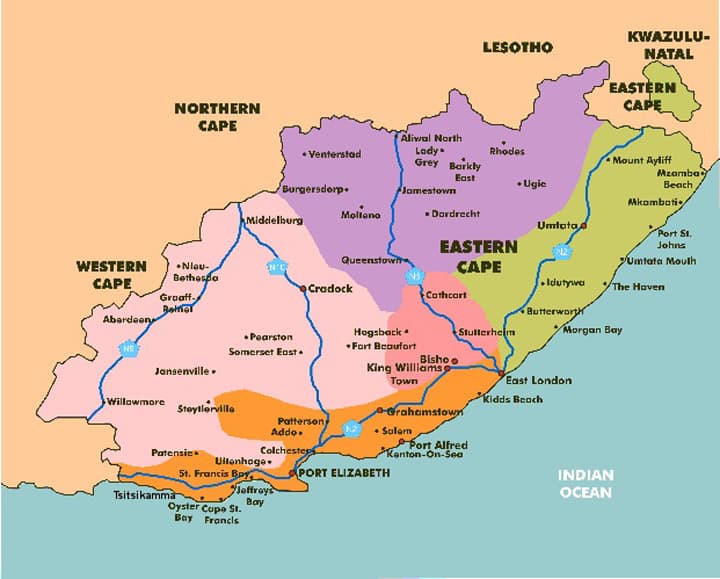

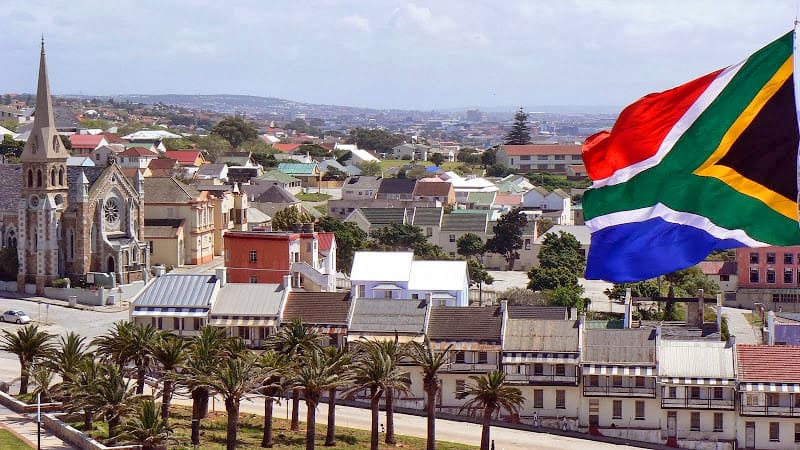
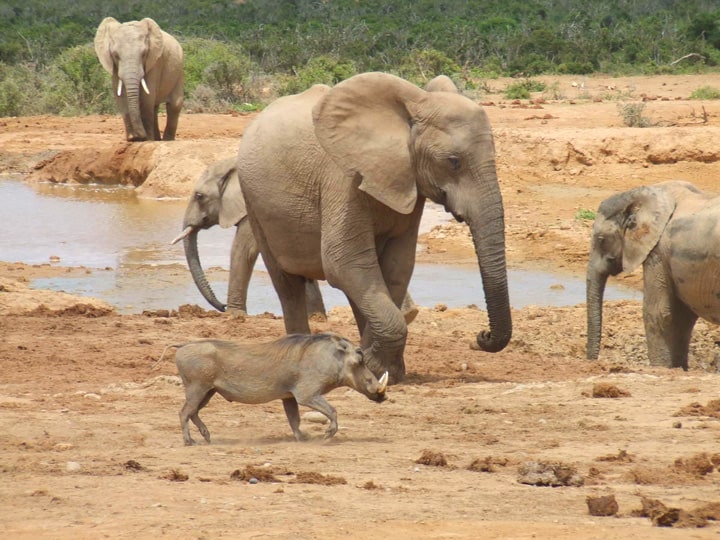
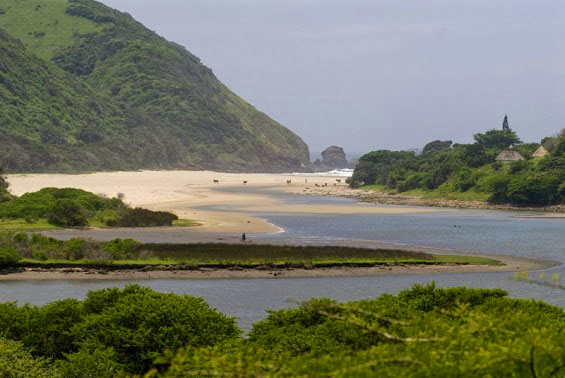
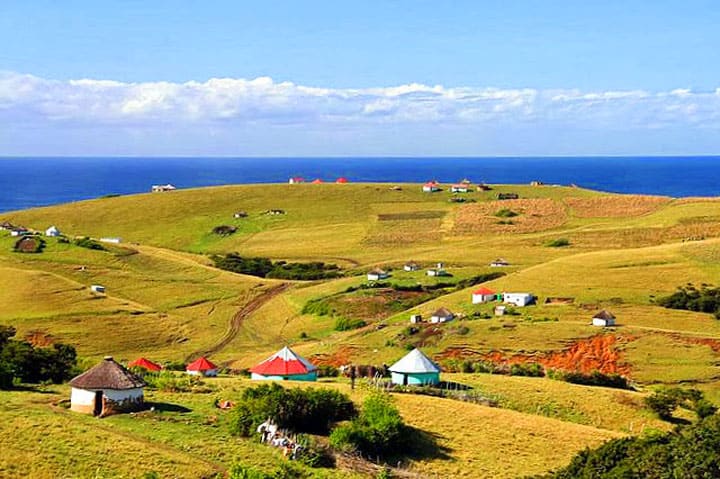


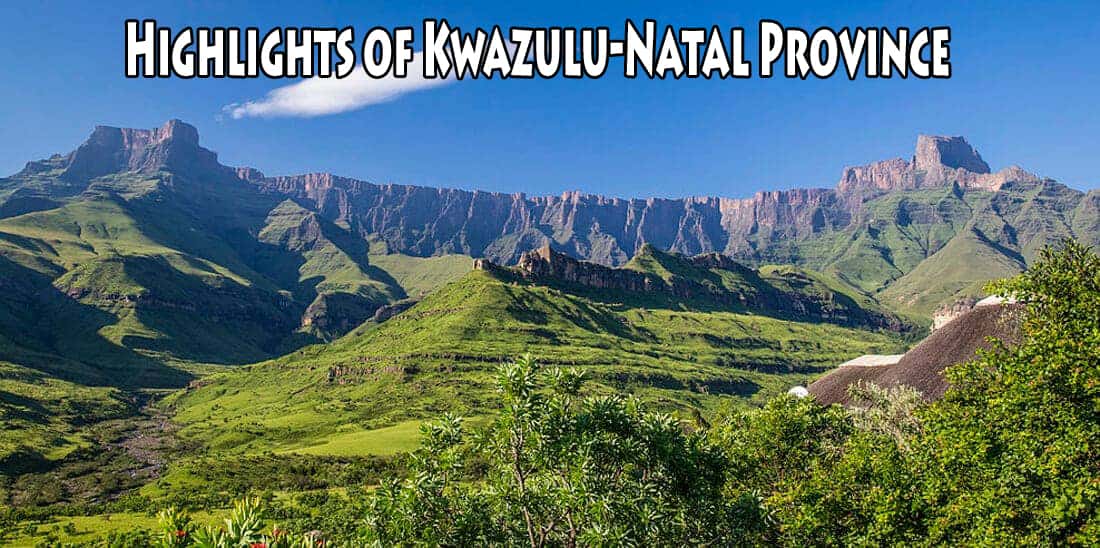

Leave a Reply